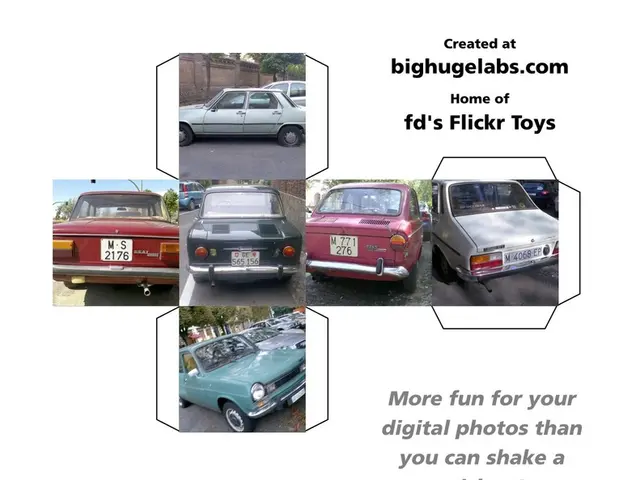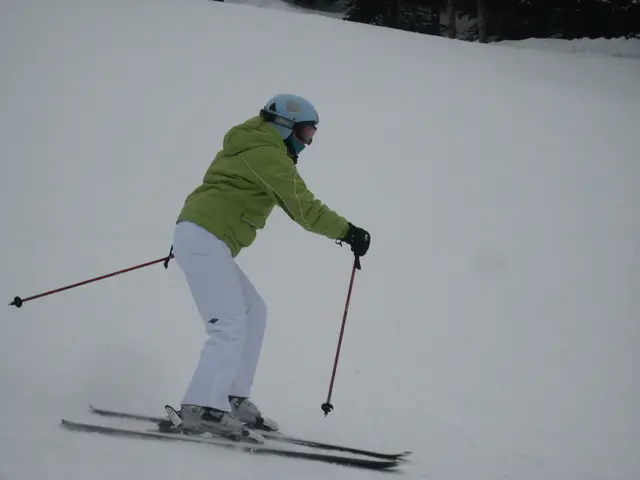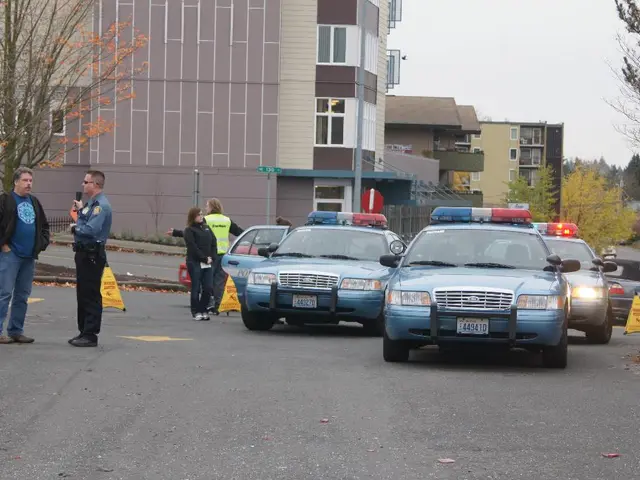Steer Safe: What to Do When You Feel Drowsy Behind the Wheel
When fatigue takes over while driving, here are some actions to consider: - When Feeling Drowsy While Driving: Solutions and Strategies
Let's face it, we've all been there: The road ahead is a monotonous blur, and your eyes refuse to stay open. If you've been driving for hours, this can be a ticking time bomb - drowsiness and accidents, with potentially lethal consequences, are a genuine threat.
Just a fortnight ago, a minibus with nine passengers veered off the A48 near Koblenz. Unfortunately, there were three fatalities and six injuries. The authorities suspect that the driver might have fallen asleep as the cause of the accident.
So, how do you recognize that it's time to take a break? What should you do if you feel sleepy while driving? Here's some handy advice, keeping holiday travelers in mind.
Recognizing the warning signs while driving
There are clear signs that a driver should take a break. These include frequent yawning, difficulty keeping your eyes open, and blinking excessively. If you can't concentrate properly and have trouble keeping your lane, or if you suddenly slow down or speed up without meaning to: These are all indicators of drowsiness, according to the ADAC.
Take breaks, take breaks, take breaks
Traffic experts stress the importance of taking a break every two hours. Movement is good: A short walk, stretching exercises, or some fresh air can do wonders. A short nap of 15 to 20 minutes on the parking lot can also help. However, caffeinated drinks like coffee or energy drinks only offer short-term help. Loud music and open windows are not substitute for a "power nap."
Drowsiness at the wheel means an increased accident risk
There are accidents with injuries or fatalities again and again due to overtired drivers. Because someone who nods off for five seconds covers almost 140 meters at 100 km/h without seeing, according to the ADAC.
Modern cars offer numerous assistance systems that can help recognize drowsiness and prevent accidents. Such as drowsiness warning systems: Sensors analyze driving behavior and detect uneven steering or lane deviations. If the set values deviate too much, the driver receives a warning.
Accidents due to microsleep can also be reduced by emergency braking and lane keeping assistants. They can possibly prevent a rear-end collision in a traffic jam or prevent leaving the lane due to inattention, or at least mitigate the severity of the accident.
- Drowsiness
- Accident Risk
- Koblenz
- ADAC
- Microsleep
- Modern Cars
- Prevention Systems
Insights:
- Causes of Drowsiness: Drowsiness while driving can be caused by factors such as lack of sleep, long stretches of driving without breaks, and irregular sleep patterns.
- Avoiding Drowsiness: To minimize the risk of drowsiness, it's crucial to ensure adequate rest before driving, stay hydrated, and avoid heavy meals.
- ADAC Advice: Although specific ADAC tips are not mentioned in the article, general advice from similar organizations usually includes taking regular breaks every two hours during long drives, avoiding driving during peak sleepiness hours, and getting plenty of rest before a long journey.
- The accident on the A48 near Koblenz that resulted in three fatalities and six injuries might have been caused by the driver's drowsiness, according to the ADAC.
- Modern cars offer prevention systems, such as drowsiness warning systems and emergency braking, to reduce the risk of accidents due to microsleep.
- The ADAC advises taking a break every two hours, performing stretching exercises, or taking a short nap if you suspect signs of drowsiness, like frequent yawning or difficulty keeping your eyes open.
- If you recognize any signs of drowsiness, such as inability to concentrate or trouble keeping your lane, you should immediately pull over and rest, as drowsiness significantly increases the accident risk.








